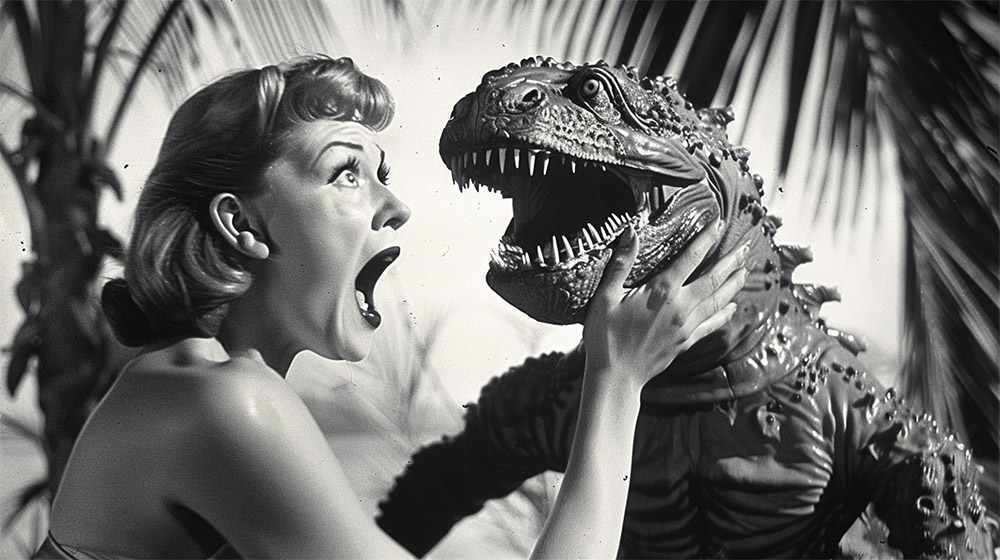It is commonly said, “People buy based on emotion, then rationalise the purchase decision with logic”. Well, it’s not just a saying, it’s backed by science.
All decisions are made emotionally. No matter what a customer tells you or how logical they say they are, it’s been proven time and time again through studies that purchases are bought for emotional reasons. Customers will offer plenty of reasons why it’s a good decision, why they chose the one they did and why they chose the colour they did, but the fact is, they decided with their emotions first and they justified with rationale later.
In fact, the decision to be “logical” and not emotional about something is an emotional decision.
In 1994, neuroscientist Antonio Damasio made a groundbreaking discovery. He studied people with damage in the part of the brain where emotions are generated. He found that they seemed normal, except that they were not able to feel emotions. But they all had something peculiar in common: they couldn’t make decisions. They could describe what they should be doing in logical terms, yet they found it very difficult to make even simple decisions, such as what to eat. Many decisions have pros and cons on both sides – shall I have the chicken or the turkey? With no rational way to decide, these test subjects were unable to arrive at a decision. So at the point of decision, emotions are very important for choosing. In fact, even with what we believe are logical decisions, the very point of choice is arguably always based on emotion.
The key to a sale is selling to the “lizard brain”
“Lizard brain” refers to the oldest part of the brain, the brain stem, responsible for primitive survival instincts such as aggression and fear (“flight or fight”).
This part of the brain is a real selfish bastard. It only cares about “what’s in it for me”. Avoid telling people what to think or what’s best. Rather try to create a vision for prospects to bring about the decision on their part. Vision creates emotion, which in turn, drives the decision. In the end, people will make the decision because they want to. You help them discover for themselves what feels right and best and most advantageous to them by presenting your case using contrast and simple, tangible language and demonstration. Their ultimate decision is based on self-interest. That’s emotional. “I want this. This is good for me”. Remember, the old lizard brain is selfish.
This underscores the critical importance of knowing your prospect. A lot of advertising is centred on a product but people are not looking for better mousetraps. A better approach is to start with what’s on the prospect’s mind, what they care about, and then connect your product to the prospect’s major need or problem.
The vast majority of products are sold because of the need for love, the fear of shame, the pride of achievement, the drive for recognition, the yearning to feel important, the urge to look attractive, the lust for power, the longing for romance, the need to feel secure, the terror of facing the unknown, the lifelong hunger for self-esteem and so on. Emotions are the fire of human motivation, the combustible force that secretly drives most decisions to buy. When your marketing harnesses those forces correctly you will generate explosive increases in response.Gary Bencivenga
The best way to write any kind of copy is to create a vision of the problem, expand it, make it a horror show, then tell them about your solution. But what do most people do? They come out swinging with benefits and claims and ‘here’s why you should buy’ nonsense. Ben Settle
- Himself or herself relative to the subject at hand …
- The benefits your product and premiums promise …
- The medium – direct mail, the Internet, print, or any other medium – through which your message is being delivered …
- The offer – the product and premiums, price, payment terms, guarantee, and the process of ordering…
Let’s Make It Real
Here are a few examples of some truly successful ad campaigns that connect a product with the prospect’s dominant emotion.
I have come to the conclusion that some of the strongest copy is not the traditional hard sell variety, with superlatives, benefits and how-to. A more seductive, indirect, oblique approach strikes me as being the wave of the future.Don Hauptman
A Checklist Of Emotional Triggers
People buy products for different reasons. One person may buy a car for reliable transportation while another wants a car as a status symbol.
Before you write your Ad copy, it’s a good idea to review the reasons why people may want to buy your product. To help you, here’ a list from Joe Sugarman of 22 motivations people have for making purchases:
- To be liked
- To be appreciated
- To be right
- To feel important
- To make money
- To save money
- To save time
- To make work easier
- To be secure
- To be attractive
- To be sexy
- To be comfortable
- To be distinctive
- To be happy
- To have fun
- To gain knowledge
- To be healthy
- To gratify curiosity
- Out of fear
- Out of greed
- Out of guilt
One of your main goals when trying to acquire customers is to create ads that move people. You can see from the examples above that just a hint at a solution can be more powerful than being explicit about the benefits of a product. Once you understand what makes people buy things, you will know how to how to write ads that sell.



